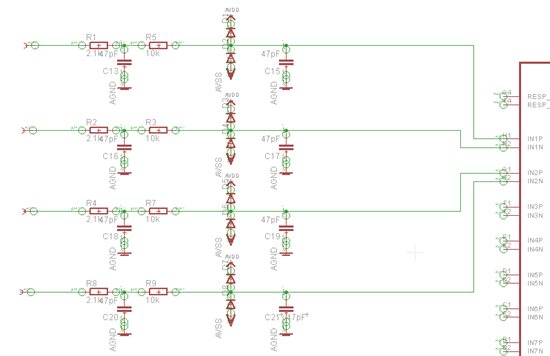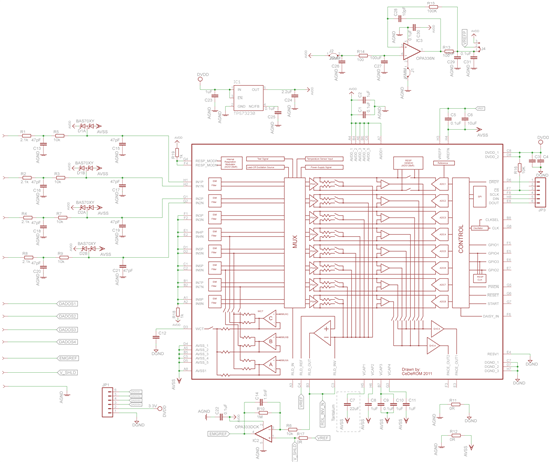Hello,
I also have a doubt about this...I am using an ADS1298 to implement an AFE for sEMG acquisition. Since I only intend to monitor 1 muscle, I am using only Ch1, so my question is: should I short circuit the other input channels I am not using, or this isn't necessary?
Thanks in advance!




